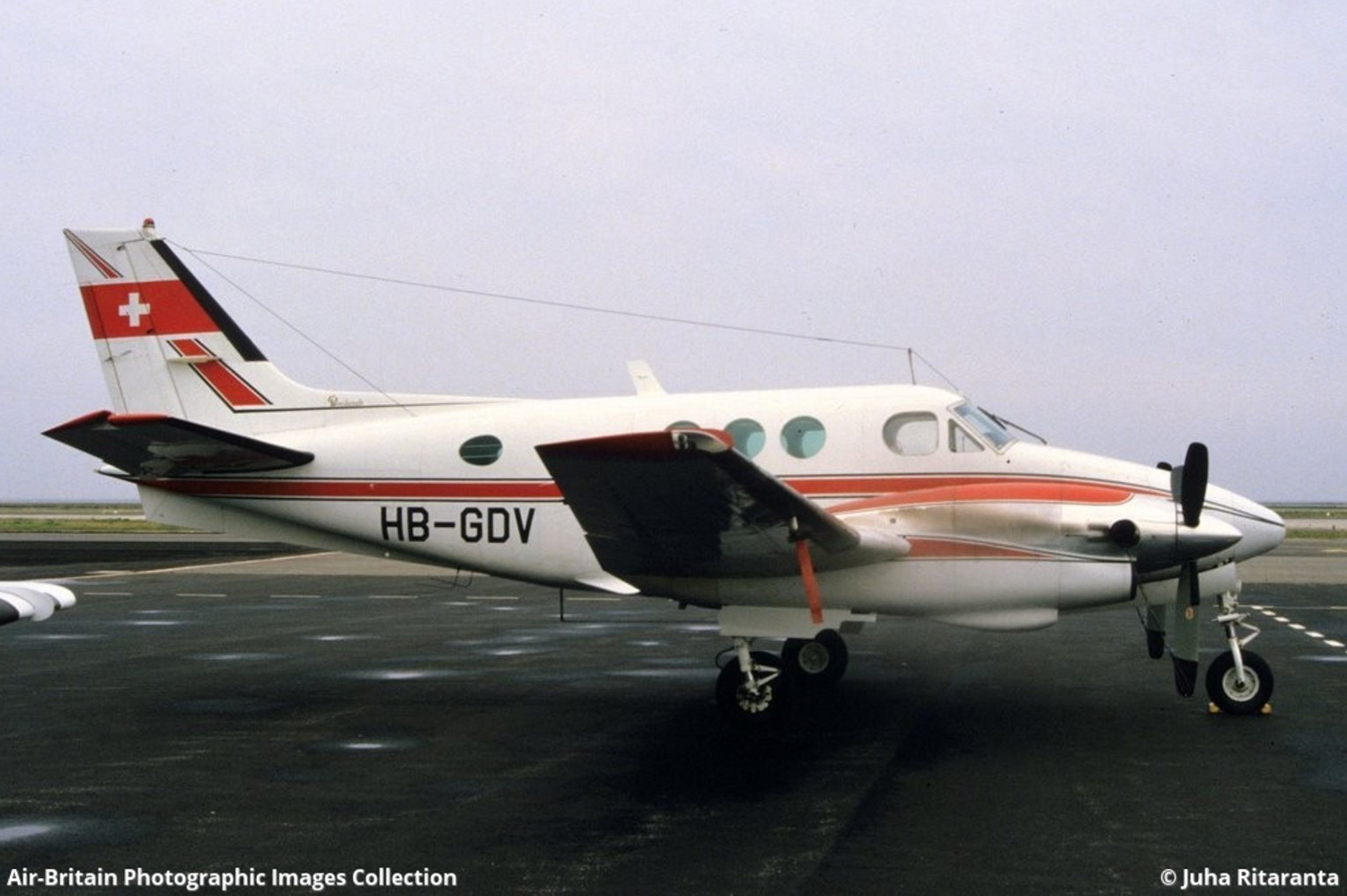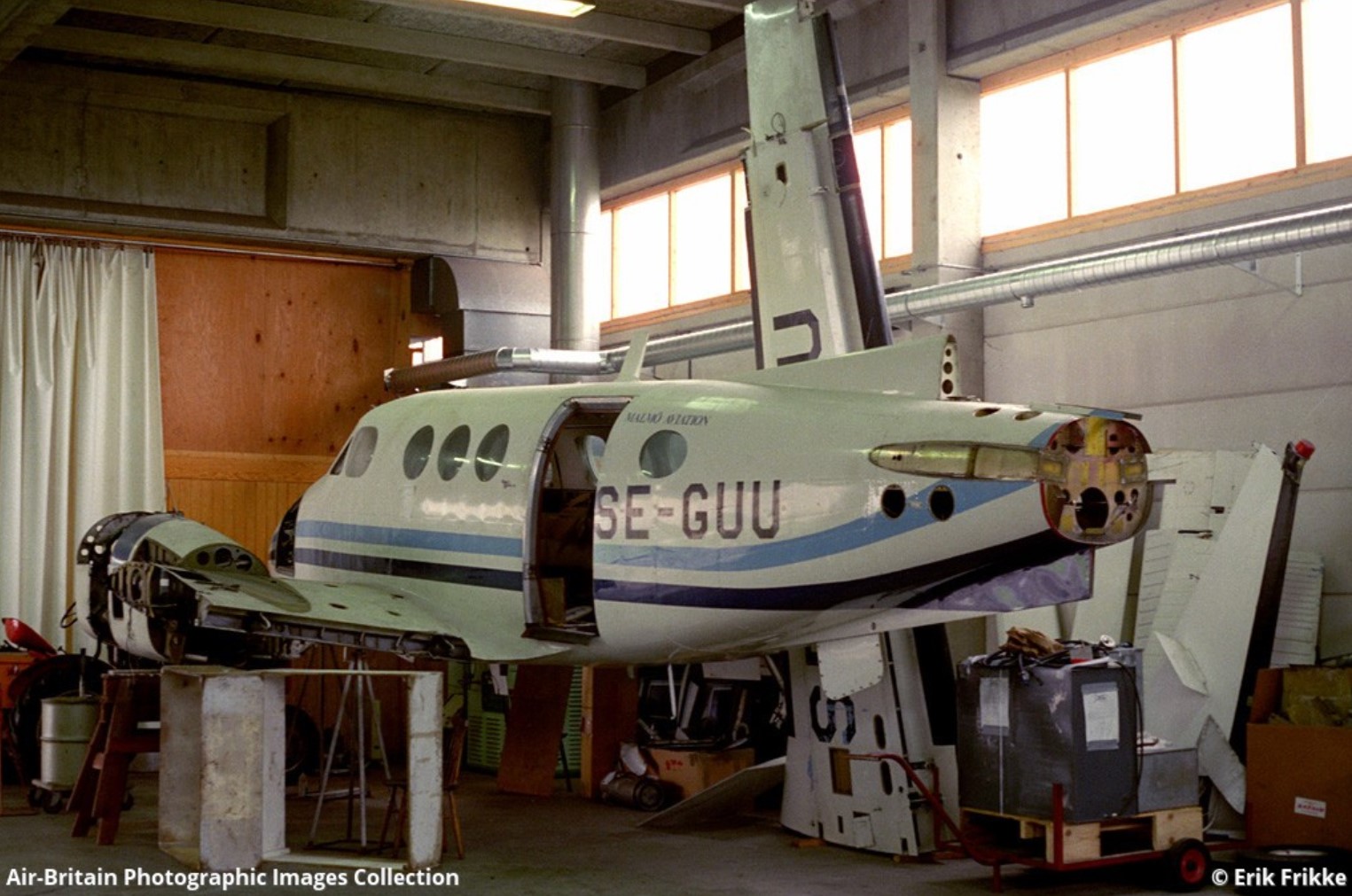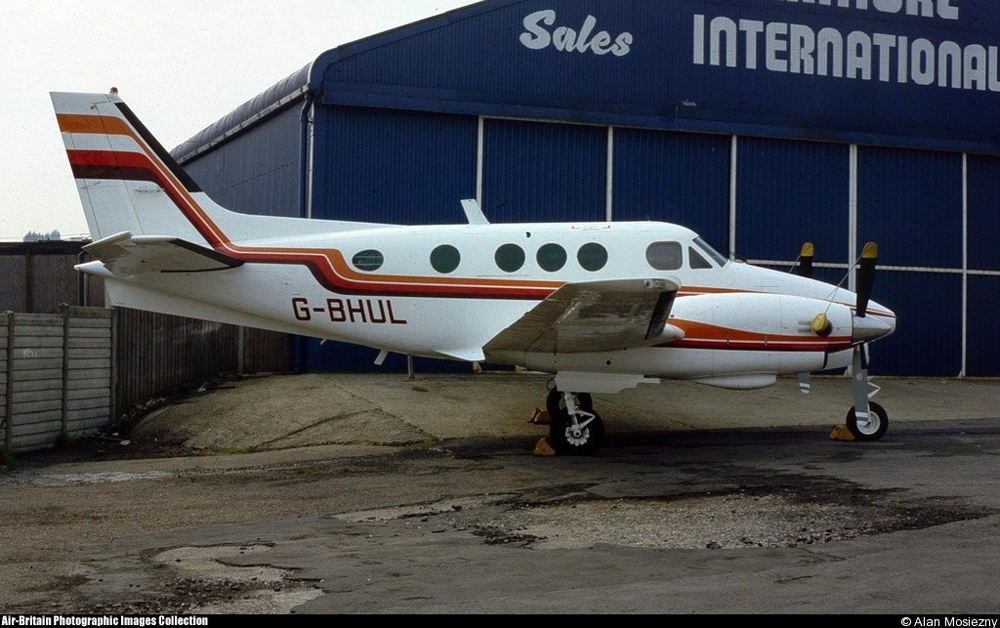Crash of a Beechcraft B90 King Air in Mt Kleinobir: 2 killed
Date & Time:
Jan 24, 1986 at 1024 LT
Registration:
HB-GDV
Survivors:
No
Schedule:
Stuttgart - Klagenfurt
MSN:
LJ-433
YOM:
1969
Crew on board:
1
Crew fatalities:
Pax on board:
1
Pax fatalities:
Other fatalities:
Total fatalities:
2
Captain / Total hours on type:
700.00
Aircraft flight hours:
3370
Circumstances:
After he received the last weather bulletin for Klagenfurt Airport, the pilot was cleared to start the approach to runway 29. Few seconds later, the pilot informed ATC that he lost the signal from the KLU NDB. The signal was again received by the airplane few seconds later and the pilot continued the approach with a rate of descent of 1,000 feet per minute. At an altitude of 5,100 feet, the pilot made a turn to the left in clouds when the aircraft struck the west slope of Mt Kleinobir located about 16 km southeast of Klagenfurt Airport. The aircraft disintegrated on impact and both occupants were killed. At the time of the accident, the visibility was nil due to clouds and the pilot was descengin under IFR mode.
Probable cause:
It is believed that the pilot failed to pay sufficient attention to his instruments or maybe misinterpreted some settings during the seconds prior to impact. The fact that the NDB signal was momentarily not received by the aircraft may affected the pilot perception of the flight. The lack of visibility was considered as a contributing factor.
Final Report:






